Time:2025-07-07
The Emergence and Significance of High-Density RGB Neon Strips
In the realm of modern lighting design, high-density RGB neon strips have emerged as a revolutionary force, transforming the way we perceive and experience
illuminated spaces. These strips, characterized by their densely packed LED components, offer unparalleled capabilities for creating dynamic and captivating visual effects. Unlike traditional neon lighting or standard RGB strips, high-density variants enable more precise color control, smoother transitions, and intricate patterns, making them the go-to choice for applications where impactful and immersive lighting is paramount. From entertainment venues and commercial installations to architectural masterpieces and artistic displays, high-density RGB neon strips are redefining the boundaries of what lighting can achieve, adding a new dimension of creativity and excitement to any environment.
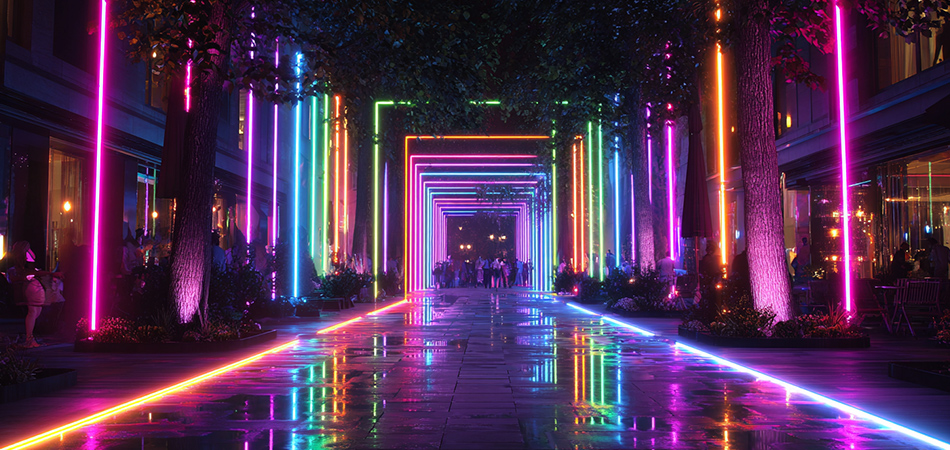
echnical Marvels: What Defines High-Density RGB Neon Strips
The distinguishing features of high-density RGB neon strips lie in their advanced technical construction. At the core, these strips are equipped with a significantly higher concentration of LED chips compared to conventional options. This dense arrangement allows for a greater number of individual light sources within a given length, resulting in enhanced brightness uniformity and the ability to produce more detailed lighting effects.
The LED chips used in high-density strips are typically of the SMD (Surface Mount Device) type, known for their compact size and high efficiency. These chips are carefully mounted on a flexible PCB (Printed Circuit Board) substrate, which provides electrical connectivity and mechanical support. The RGB functionality is achieved through the combination of red, green, and blue LED chips, which can be individually controlled to produce a vast spectrum of colors and seamless color gradients.
In addition to the high LED density, these strips often incorporate advanced driver circuits and control systems. These components enable precise modulation of the LED brightness and color, allowing for the creation of complex lighting sequences, synchronized effects, and even real-time adjustments based on external inputs such as music or motion sensors. The integration of high-quality materials, including durable sheaths that protect the LED components from dust, moisture, and physical damage, ensures the longevity and reliability of high-density RGB neon strips in various operating conditions.
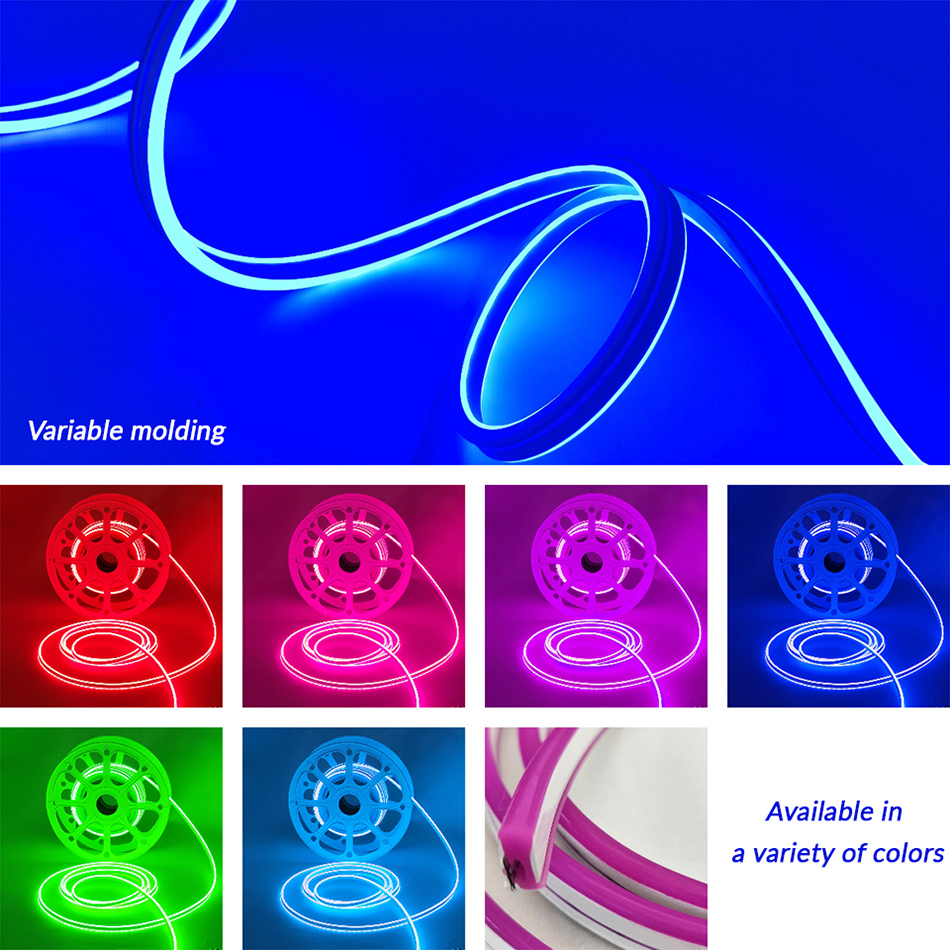
Design Flexibility and Creative Possibilities
High-density RGB neon strips offer designers an extensive range of creative possibilities, limited only by their imagination. Their flexibility allows them to be easily shaped and installed on a variety of surfaces, whether it's curved walls, irregular furniture, or complex architectural structures. This adaptability makes them suitable for both simple and elaborate lighting designs, from subtle accent lighting to bold, statement-making installations.
One of the key advantages in terms of design is the ability to create highly detailed and intricate patterns. With a greater number of LED sources, designers can craft precise shapes, text, and images, adding a level of sophistication and personalization to their projects. For example, in a retail store, high-density RGB neon strips can be used to create eye-catching product displays, with dynamic lighting effects that highlight specific items or draw customers' attention to promotional areas.
The wide color gamut and smooth color transitions offered by these strips also open up new avenues for creative expression. Designers can choose from an almost infinite palette of colors and create seamless fades, gradients, and color-changing sequences to evoke different moods and atmospheres. Whether it's a warm, inviting glow for a cozy restaurant or a vibrant, energetic display for a nightclub, high-density RGB neon strips can be customized to suit any aesthetic or functional requirement.
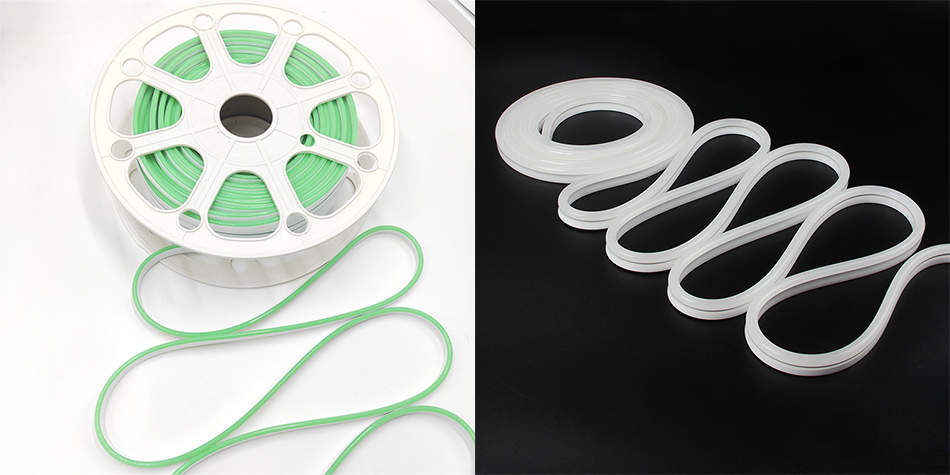
Diverse Applications Across Industries
High-density RGB neon strips have found diverse applications across multiple industries, each leveraging their unique capabilities to enhance the user experience and achieve specific objectives:
Entertainment Venues: In nightclubs, concert halls, and theaters, these strips are used to create immersive and dynamic lighting environments. They can be installed on stage backdrops, dance floors, and architectural features to produce captivating visual effects that synchronize with the music and performance, enhancing the overall entertainment experience for the audience.
Commercial Spaces: Retail stores, shopping malls, and exhibition booths utilize high-density RGB neon strips to attract customers and showcase products. Dynamic lighting displays can create a sense of excitement and draw foot traffic, while customizable color schemes can be used to reinforce brand identities and highlight promotional offers.
Architectural Lighting: Architects and designers incorporate these strips into building facades, interior spaces, and landscapes to add depth, dimension, and visual interest. They can be used to accentuate architectural details, create dramatic lighting effects, or transform the appearance of a building at night, making it a landmark in the urban landscape.
Art Installations: Artists are increasingly using high-density RGB neon strips as a medium for creative expression. These strips allow them to bring their artistic visions to life, creating interactive and immersive art installations that engage viewers on a sensory level. The ability to control the lighting effects in real-time adds an element of dynamism and unpredictability to the art, making each viewing experience unique.
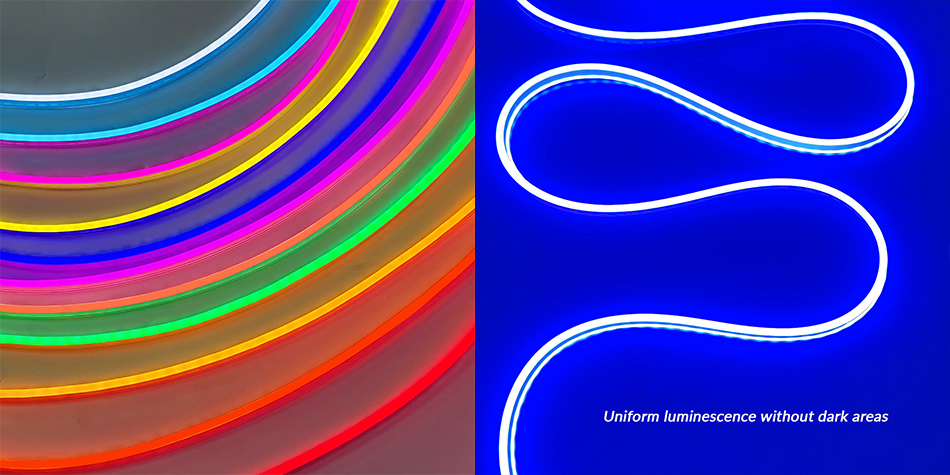
Installation and Maintenance Considerations
Installing high-density RGB neon strips requires careful planning and attention to detail to ensure optimal performance and longevity. The installation process typically involves mounting the strips on the desired surface using adhesive backing, clips, or brackets, depending on the application and surface type. It's important to ensure that the strips are properly aligned and secured to prevent any movement or damage during operation.
Electrical connections also need to be made with precision, following the manufacturer's instructions. High-density RGB neon strips usually require a compatible power supply and control system, which may need to be installed separately. In some cases, additional components such as signal amplifiers or controllers may be required to support longer strip lengths or more complex lighting setups.
Maintenance of high-density RGB neon strips is relatively straightforward but still essential to keep them functioning at their best. Regular cleaning of the strip surface to remove dust and debris can help maintain optimal light output. It's also important to periodically check the electrical connections and ensure that the power supply and control system are working properly. In the event of a malfunction or failure, it's recommended to consult the manufacturer's troubleshooting guide or contact a professional technician for assistance.
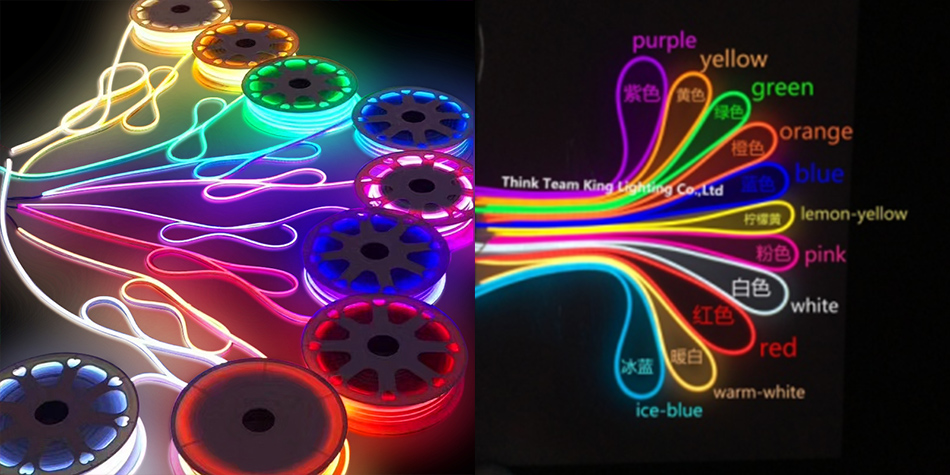
Advantages over Conventional Lighting Solutions
High-density RGB neon strips offer several distinct advantages over traditional lighting solutions:
Enhanced Visual Impact: The high LED density and precise color control enable the creation of more vivid, detailed, and dynamic lighting effects, making them far more visually striking than conventional neon or LED strips.
Energy Efficiency: Despite their high performance, these strips are designed to be energy-efficient, consuming less power than many traditional lighting options while still delivering exceptional brightness and color quality.
Customization: The ability to customize the lighting effects, colors, and patterns according to specific requirements gives designers and users unparalleled creative freedom, allowing them to tailor the lighting to suit any application or environment.
Longevity: With proper installation and maintenance, high-density RGB neon strips can have a long lifespan, reducing the need for frequent replacements and minimizing maintenance costs over time.
Innovations and Future Trends
The field of high-density RGB neon strips is constantly evolving, driven by technological advancements and emerging trends:
Smart Integration: The integration of smart technology, such as Wi-Fi, Bluetooth, or IoT connectivity, is becoming increasingly common. This allows users to control the lighting effects remotely using mobile apps or smart home systems, enabling greater convenience and customization.
Advanced Control Systems: Newer control systems are being developed that offer more advanced features, such as real-time color correction, dynamic scene presets, and compatibility with external sensors for automated lighting control.
Miniaturization: As LED technology continues to advance, we can expect to see even smaller and more densely packed LED chips, further enhancing the performance and capabilities of high-density RGB neon strips while reducing their size and weight.
Sustainability: There is a growing focus on developing more sustainable high-density RGB neon strips, using eco-friendly materials, energy-efficient manufacturing processes, and recyclable components to minimize their environmental impact.
Selecting the Right High-Density RGB Neon Strip Provider
When choosing a provider for high-density RGB neon strips, it's important to consider several factors:
Quality and Reliability: Look for a provider with a reputation for producing high-quality products that meet or exceed industry standards. Check for certifications and reviews from other customers to ensure the reliability and performance of the strips.
Technical Expertise: A provider with in-depth technical knowledge and expertise in RGB lighting technology can offer valuable guidance and support throughout the selection, installation, and maintenance process. They should be able to answer any questions you may have and provide solutions to any technical challenges you encounter.
Customization Options: Depending on your project requirements, you may need a provider that offers a wide range of customization options, such as different strip lengths, colors, and lighting effects. Make sure the provider can meet your specific needs and provide a product that is tailored to your project.
Customer Service: Good customer service is essential when working with any supplier. Choose a provider that is responsive, helpful, and willing to go the extra mile to ensure your satisfaction. They should be available to assist you with any issues or concerns you may have before, during, and after the purchase.
High-density RGB neon strips have emerged as a game-changer in the world of illumination design, offering unparalleled capabilities for creating dynamic and captivating visual effects. With their advanced technical features, design flexibility, and diverse applications, these strips are revolutionizing the way we light up our spaces, adding a new level of creativity and excitement to any environment. As technology continues to evolve, we can expect to see even more innovative uses and advancements in high-density RGB neon strip technology, further expanding the possibilities for visual expression and immersive lighting experiences.